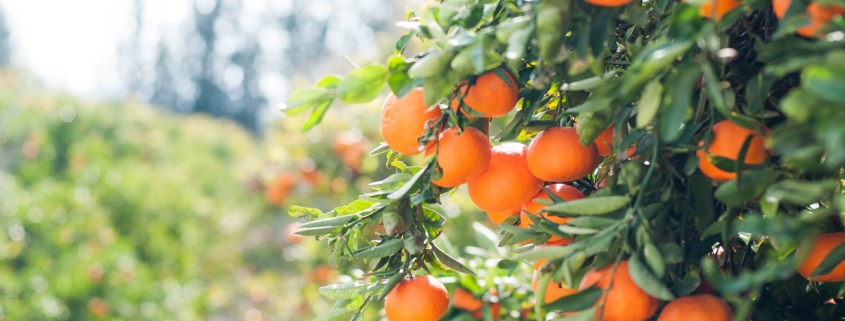Fruitful Harvest: The Joy of Growing Your Own Fruit Trees
A Garden of Delights
Are you tired of store-bought fruits that lack flavor and freshness? Imagine stepping into your own backyard and plucking a sun-ripened, juicy peach or a crisp apple straight from the tree. Growing your own fruit trees not only rewards you with a bountiful harvest, but also provides a sense of accomplishment and connection to nature. In this article, we will explore the benefits and basics of cultivating your own fruit trees, tailored to young adults aged 20 to 50 years.
Reaping the Rewards
Growing your own fruit trees comes with a host of benefits:
– Better taste and freshness: Homegrown fruits tend to be fresher and more flavorful than store-bought varieties, as they can be picked at peak ripeness.
– Cost savings: Over time, fruit trees can yield a significant return on investment, reducing your grocery expenses.
– Environmental impact: By growing your own fruits, you are reducing your carbon footprint and supporting local ecosystems.
– Health benefits: Homegrown fruits are free of chemicals and pesticides often found in commercially grown produce.
– Aesthetics and relaxation: Fruit trees enhance the beauty of your landscape and provide a serene space for relaxation.
Choosing the Right Trees
Before you embark on your fruit tree journey, consider the following factors:
– Climate: Select fruit trees suited for your region’s climate. Consult local nurseries or agricultural extension offices for recommendations.
– Space: Evaluate the available space in your yard or garden. Some fruit trees, like dwarf varieties, can be grown in small spaces or even in containers.
– Pollination: Some fruit trees, such as apples and cherries, require cross-pollination from another tree of a different variety. Research pollination requirements for your chosen trees.
– Maintenance: Consider the level of care and maintenance a tree requires. Some trees, like figs and pomegranates, are relatively low-maintenance, while others may need more attention.
Planting and Care Tips
Once you’ve chosen your fruit trees, follow these general guidelines for planting and care:
– Planting: Plant bare-root trees during dormancy, usually in late winter or early spring. Container-grown trees can be planted any time during the growing season.
– Soil: Ensure that your soil is well-draining and nutrient-rich. Amend your soil with compost or other organic matter if necessary.
– Watering: Water newly planted trees regularly during their first growing season. Established trees typically need deep, infrequent watering.
– Pruning: Prune fruit trees annually to maintain their shape, remove dead or diseased wood, and encourage fruit production.
– Pest and disease control: Monitor your trees for signs of pests and diseases. Use organic or chemical controls as needed, following label directions carefully.
A Lifetime of Harvests
Growing your own fruit trees can be a rewarding and enjoyable endeavor, providing delicious, nutritious produce for years to come. With a little research and effort, you can create a fruitful oasis in your own backyard and experience the joy and satisfaction of harvesting your own homegrown fruits. So why not give it a try? Your taste buds and wallet will thank you!



